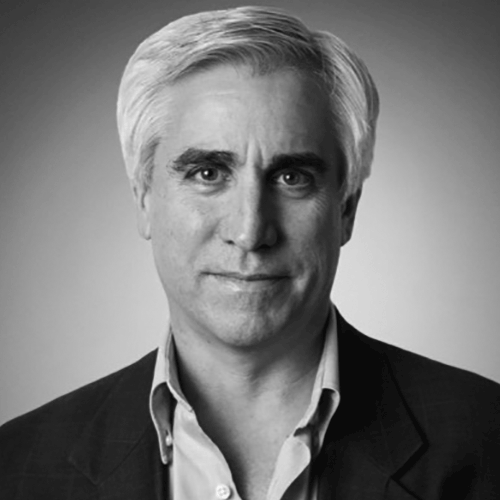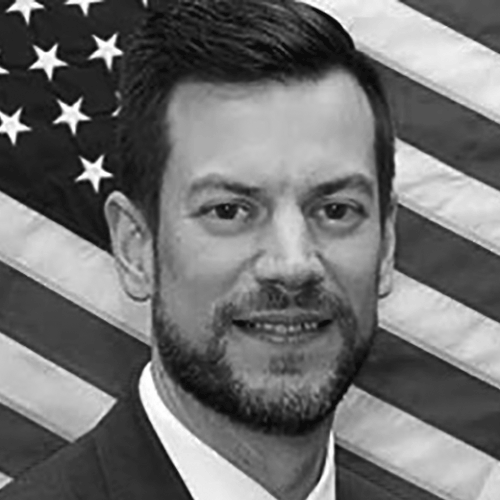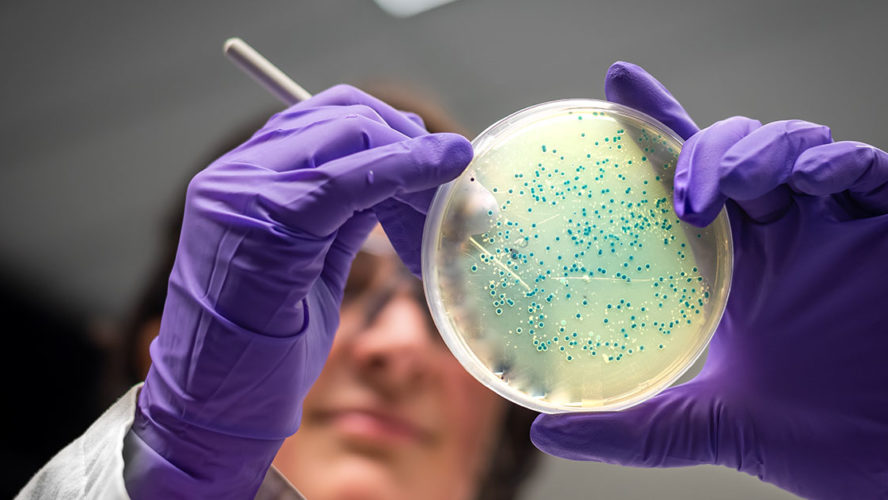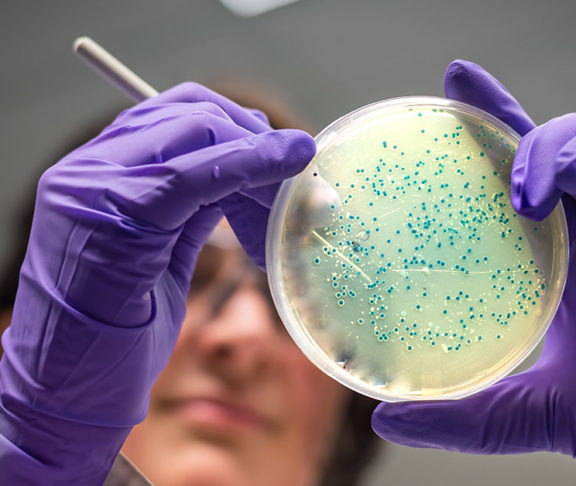To view full interviews with the thought leaders quoted below, visit the World Antimicrobial Resistance Congress website.
Experts in the field of antimicrobial resistance (AMR) weigh in on the latest innovations in the space and offer their thoughts on what must happen to keep antimicrobial-resistant superbugs from emerging in the future.
Antimicrobials save millions of lives each year by slowing the spread of bacteria, fungi, and other dangerous microorganisms. Yet, the more often antimicrobials are used, the stronger these microorganisms grow against it. This can cause antimicrobial-resistant superbugs to form, which is a constant global public health threat.

Evan Loh, M.D.,
CEO, Paratek Pharmaceuticals
“Antimicrobial resistance is a leading cause of death; its rise and impact on acceptable patient outcomes continues to be relentless and inexorable without the introduction of new antimicrobials to stay ahead of the innovation curve,” said Evan Loh, M.D., CEO of Paratek Pharmaceuticals. “It has been nearly impossible to convince payers and to get government officials to act as they do not see that AMR is today’s unspoken pandemic — and over time, will be even more deadly than COVID.”
When AMR innovation lags, the burden of combatting this pandemic falls on healthcare workers, who must be knowledgeable about this issue, prevent the spread of these germs and the dangerous infections they can cause, and apply even greater discretion in prescribing antimicrobials. However, that can limit their ability to provide patients with the best possible care.

Henry Skinner
CEO, AMR Action Fuel
“Oncologists, pulmonologists, surgeons, OBGYNs — they are on the front lines of this crisis and know better than anyone what’s at stake,” said Henry Skinner, CEO of the AMR Action Fund. “The threat of drug-resistant infections is likely to become a bigger factor in clinical decision-making, and physicians shouldn’t be put in the awful position of foregoing critical treatment because the risk of infection is too great.”
Taking action
“These pathogens are innovating against our best tools every day, we need to continue to invest in prevention to keep in step,” said Michael Craig, director of the CDC’s Antibiotic Resistance Coordination and Strategy Unit.

Michael Craig
Director, Antibiotic Resistance Coordination and Strategy Unit
The CDC is supporting many innovations to prevent infections and slow the spread of AMR, Craig says, including decolonization therapies and antibiotic resistance (AR) surveillance in wastewater. He says he’s also intrigued by the potential of vaccines that can reduce the use of antimicrobials.
AR vaccines hold tremendous promise because they can prevent infections, hospitalizations, and deaths, plus they can reduce antibiotic prescribing,” Craig said. “We need to do all that we can to support any vaccine that can either prevent AR infections or can reduce the need for antibiotics — and if it does both, even better.”

Mark Albrecht, Ph.D.
Chief Antibacterial Branch, Biomedical Advanced Research and Development Authority (BARDA)
Partnerships across industries and sectors are critical to combatting AMR, says Mark Albrecht, Ph.D., Chief, Antibacterials Branch, Biomedical Advanced Research and Development Authority (BARDA).
“We anticipate existing and new global partnerships through a preclinical antimicrobial development accelerator like CARB-X, the AMR Action Fund, BARDA’s Advanced Research and Development portfolio, and Project BioShield will enable a broader reach and strategic investment in areas with the greatest need,” Albrecht said.
Raising awareness
Many across the AMR landscape hope the COVID-19 pandemic will alert players in public and private sectors to take AMR seriously.
Hopefully this will provide a wakeup call that investing now to address future disruptive healthcare events is good public policy,” said Mary Schaheen, president and director of Prevail Partners, who noted that policies like the REVAMP and PASTEUR acts will be critical for funding lifesaving innovations. “This would be a welcome and long overdue catalyst for the AMR space.”

Mary Schaheen
President and Director, Prevail Partners
In addition to showing the importance of scientific investment and improved public health policies, the global response to the COVID-19 pandemic offered some hope that collaboration across sectors can deliver amazing results.
“COVID is a good example of the power of science and innovation,” said César de la Fuente, Presidential Assistant Professor at the University of Pennsylvania. “In record time, we were able to develop a new type of vaccine to counter the issue at hand. I think we can do the same with AMR.”

César de la Fuente
Presidential Assistant Professor, University of Pennsylvania
AMR is not a far-off concept that can be put on the backburner. A new study revealed that nearly 5 million deaths were associated with AMR globally in 2019 alone. Raising awareness of this fact, and encouraging more investment and innovation in the space, will save millions of lives.
“In the past, there have been few successful attempts to amplify the patient experience with AMR,” said Gareth Morgan, senior vice president, head of global portfolio management and AMR policy at Shionogi Inc. “With new efforts to bring those impacted by AMR together, I’d like to think there will be a focus on getting the patient story out to policy makers and the general public.”

Gareth Morgan
Senior Vice President, Head of Global Portfolio Management and AMR Policy, Shionogi Inc
“AMR is a problem here and now. 1.27 million people died worldwide from drug-resistant infections in 2019 and superbugs played a role in as many as 4.95 million global deaths” says Emily Wheeler, director of infectious disease policy at BIO and director of Working to Fight AMR. “Without action, drug-resistant infections are expected to kill more than 10 million people per year by 2050, outpacing the death toll from cancer. We cannot let this happen.”

Emily Wheeler
Director of Infectious Disease Policy, BIO and Director of Working to Fight AMR
Each year, all stakeholders working to combat AMR gather for an annual conference called the World Antimicrobial Resistance Congress that takes place in Washington, D.C.
Those interviewed for this article, along with 1300+ AMR and infectious disease stakeholders will be in attendance again this year on September 7-8th at the Gaylord National Harbor, just outside Washington, D.C.
Fortunately, the organizers of the conference have provided an easy way for interested parties to attend.
Visit their conference website and use code AMR40 for 40% off a pass to attend.
The issues of AMR require all-hands-on-deck to help advance key objectives for this space, including funding, awareness and disease prevention and control.
To learn more about combating AMR and to read the full-length responses from the experts quoted in this article, visit www.terrapinn.com.


